From politicians and celebrities to corporate executives and diplomats, high-profile individuals often find themselves in the spotlight, attracting both admirers and potential dangers. High-profile individuals are often targets for a range of threats, including stalking, harassment, kidnapping, and even assassination attempts. These risks can stem from political motives, personal vendettas, extremist ideologies, or simply the desire for notoriety. Public events, appearances, and travel expose VIPs to heightened vulnerability, necessitating comprehensive security measures to mitigate potential dangers.
Here’s a guide to the nuances of providing security for such individuals in public spaces, exploring the challenges, strategies, and importance of VIP protection.
Importance of VIP Protection
The importance of VIP protection extends beyond the safety of individuals to encompass broader implications for society. High-profile figures play significant roles in shaping public discourse, influencing policy decisions, and representing institutions and ideologies. Safeguarding their security not only protects their lives and well-being but also upholds democratic principles, societal stability, and the rule of law.
Furthermore, effective VIP protection contributes to the preservation of public trust and confidence in institutions and public figures. When individuals perceive that their leaders and prominent figures are adequately protected, they feel reassured and confident in the stability and resilience of the society they inhabit.
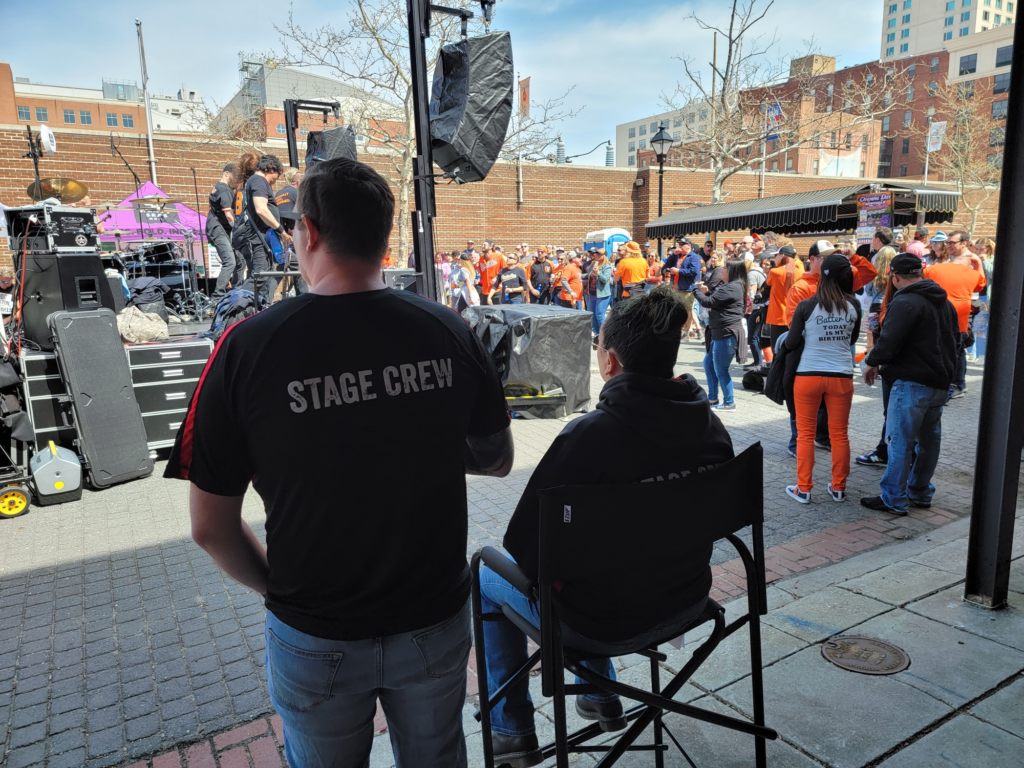
Challenges of VIP Protection
Protecting high-profile individuals in public spaces presents unique challenges due to the unique nature of safeguarding high-profile individuals in dynamic and unpredictable environments. Here are some key challenges faced by security professionals tasked with VIP protection.
Constant Threat Assessment and Adaptation
VIP protection requires continuous monitoring and assessment of potential threats. The landscape of security risks is constantly evolving, with new tactics and technologies employed by adversaries. Security teams must remain vigilant, analyze intelligence, and adapt their strategies to counter emerging threats effectively.
Balancing Security with Accessibility
High-profile individuals often require a balance between security and accessibility. While robust security measures are essential for their safety, excessive restrictions can hinder their ability to carry out their duties, engage with the public, and maintain a positive public image. Finding the right balance between security protocols and the VIP’s need for mobility and interaction poses a significant challenge for security teams.
Securing Public Events and Venues
Public appearances, events, and venues present heightened security challenges due to the large crowds and open access points. Ensuring the safety of VIPs in such settings requires comprehensive planning, crowd management strategies, and coordination with event organizers and local authorities. Controlling access, managing crowds, and responding swiftly to any security incidents are critical aspects of securing public spaces effectively.
Mitigating Insider Threats
Insider threats, including leaks of sensitive information or betrayal by individuals within the VIP’s inner circle, pose significant risks to their security. Security personnel must vet staff members, contractors, and associates thoroughly to mitigate the risk of insider threats. Additionally, implementing robust access control measures and monitoring systems can help detect and prevent unauthorized access or breaches of confidentiality.
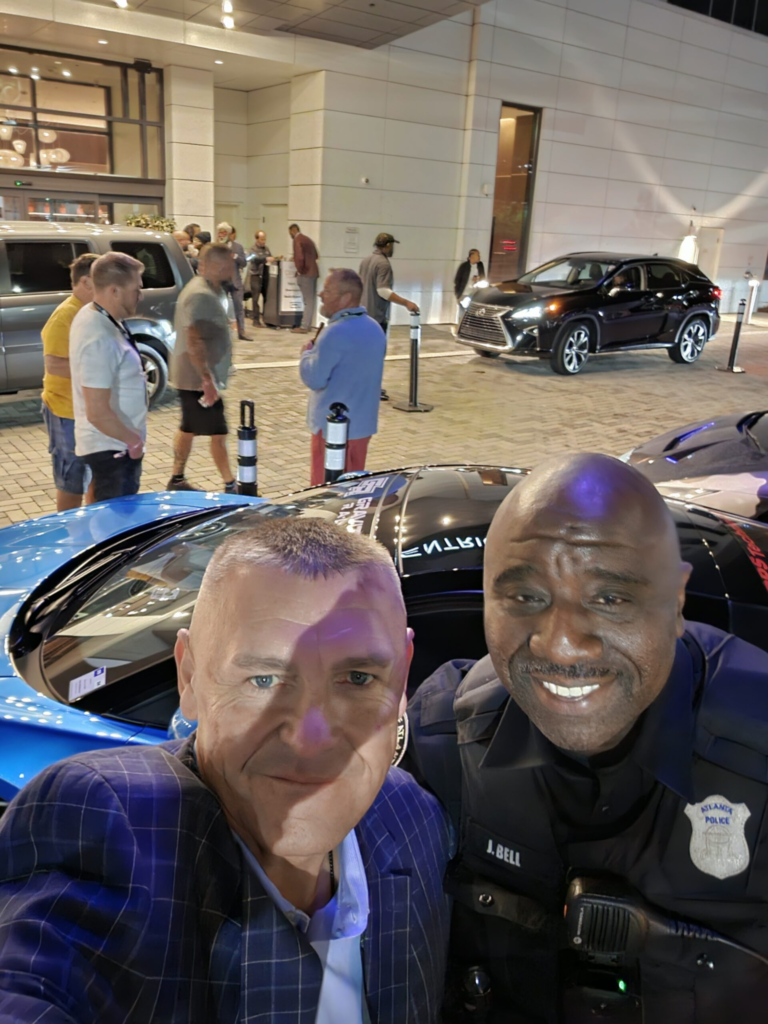
Strategies for Effective VIP Protection
VIP protection entails a multi-layered approach that integrates various security measures tailored to the specific needs and circumstances of each individual. Some key strategies are discussed below.
Threat Assessment
Conducting thorough risk assessments to identify potential threats and vulnerabilities is crucial. This involves analyzing intelligence, assessing the individual’s profile, and evaluating the nature of their engagements and interactions.
Secure Transportation
Ensuring secure transportation is essential for safeguarding VIPs during travel. This includes utilizing armored vehicles, conducting route surveillance, and implementing convoy procedures to minimize exposure to risks on the move.
Access Control
Implementing strict access control measures at venues and events helps manage crowds and prevent unauthorized individuals from approaching the VIP. This may involve deploying barriers, checkpoints, and security screening procedures.
Communication and Coordination
Effective communication and coordination among security personnel, support staff, and relevant authorities are vital for a cohesive security operation. Establishing clear protocols, utilizing encrypted communication channels, and conducting regular briefings enhance response capabilities and situational awareness.
Surveillance and Technology
Leveraging surveillance technologies such as CCTV cameras, drones, and advanced monitoring systems enhances situational awareness and early threat detection. Integrating technology with human intelligence enables proactive security measures and rapid response to emerging risks.
Close Protection Teams
Assigning trained and experienced personnel to provide close protection is fundamental. These teams employ a combination of physical presence, surveillance, and threat detection techniques to deter and respond to potential threats.
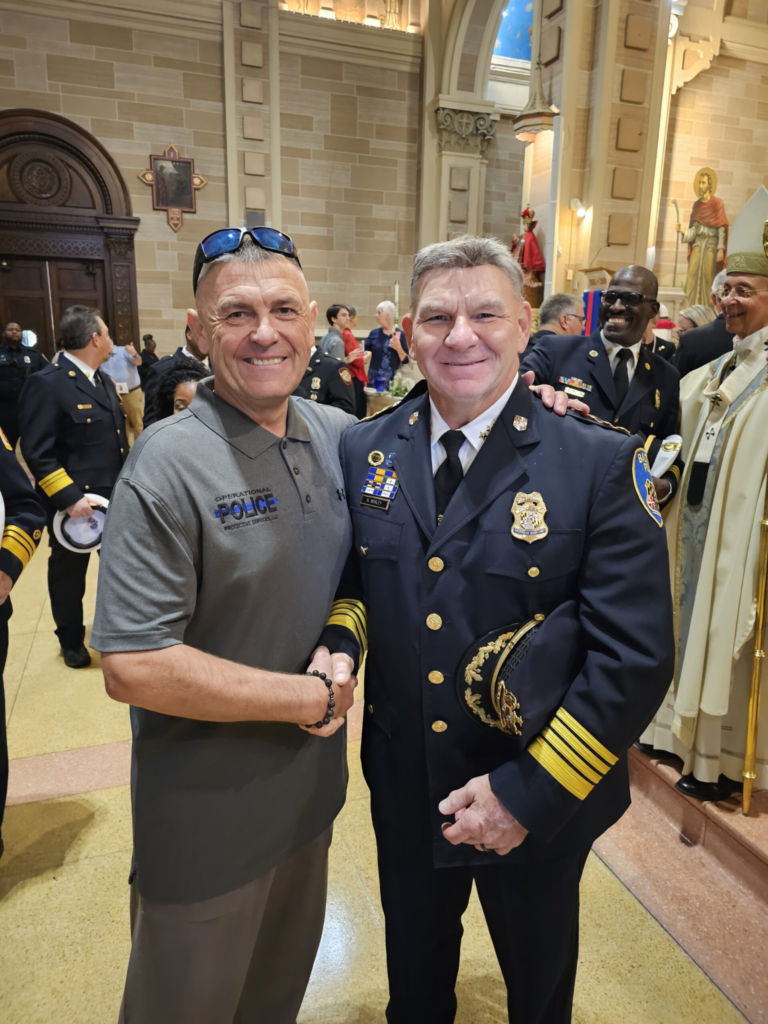
At Operational Police Protective Services in Maryland, we work as a trusted partner for VIP protection. With a dedicated team comprising off-duty police officers, protective service specialists, and armed security professionals, we offer a comprehensive solution tailored to the unique needs of high-profile individuals. Our expertise in threat assessment, close protection, and crowd management ensures the safety and security of VIPs in even the most challenging environments.
Reach out to us to hire armed security for VIP protection.

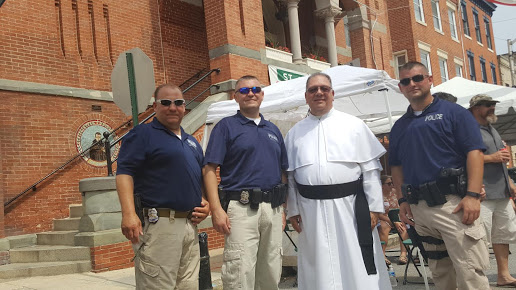
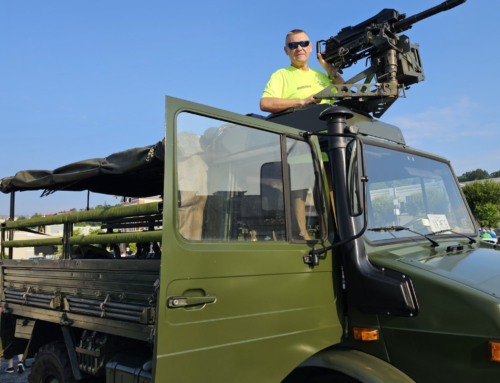
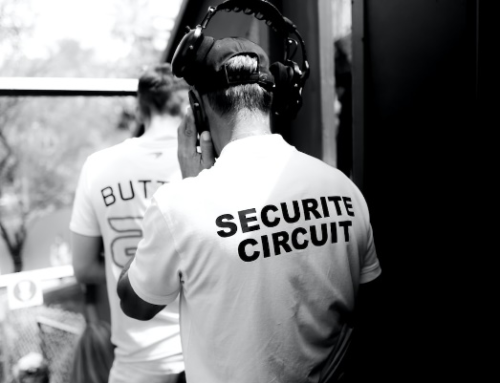
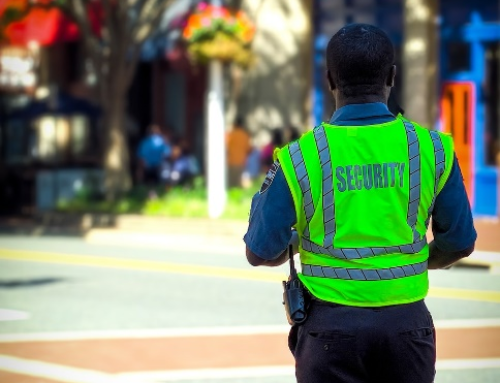
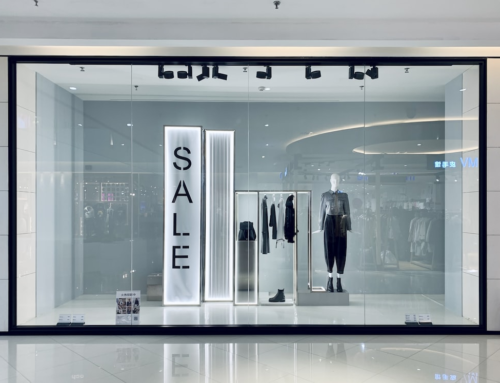
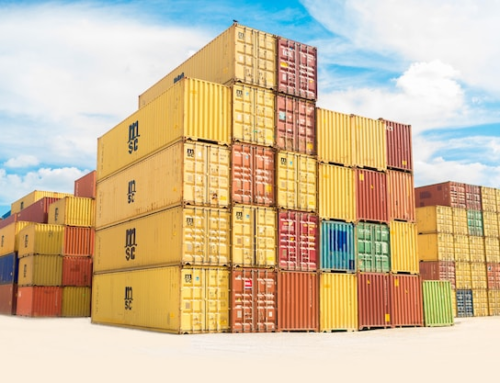
Leave A Comment
You must be logged in to post a comment.